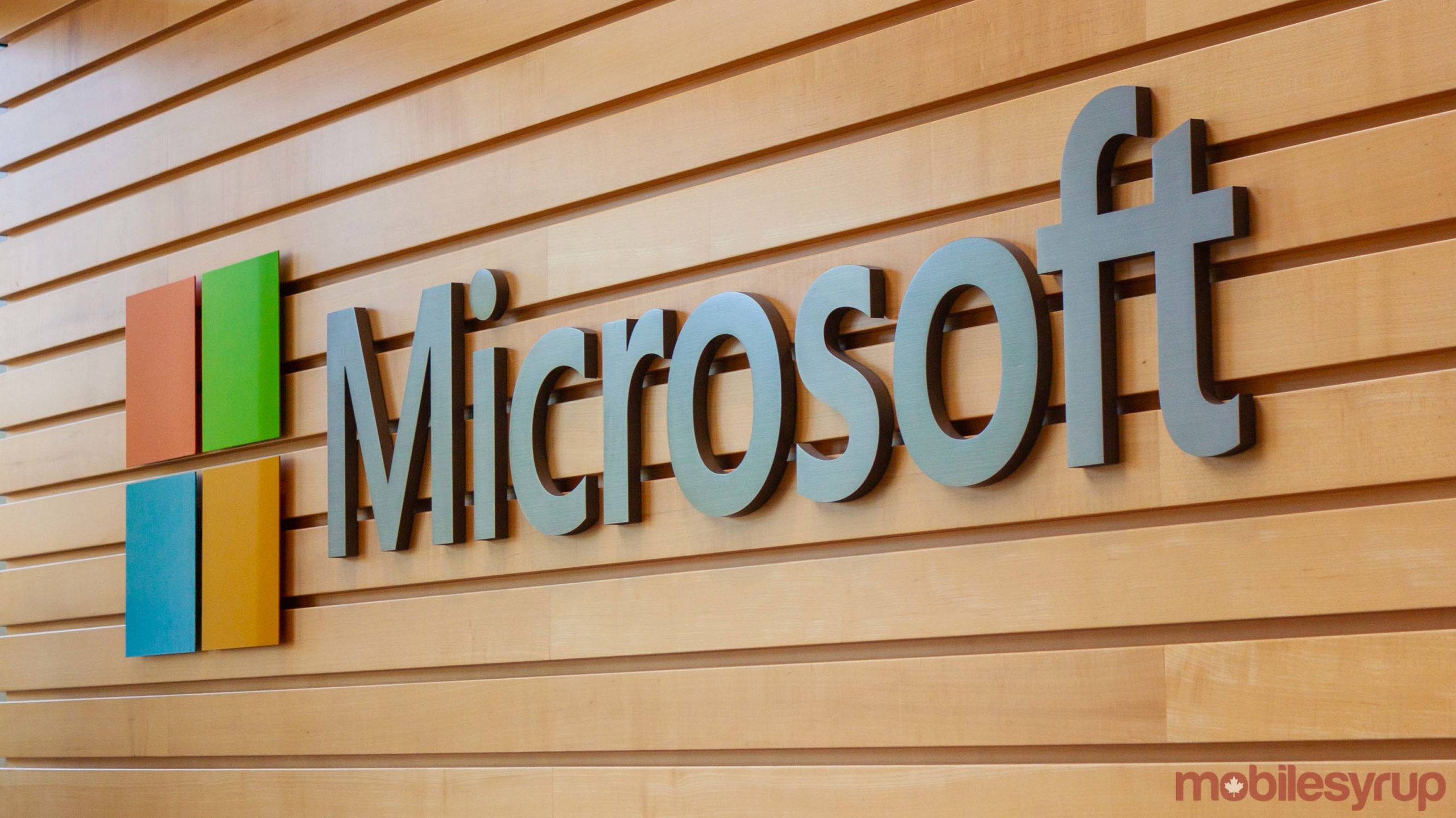
Microsoft could be working on its own ARM-based chips for use in servers and potentially even Surface devices.
As reported by Bloomberg (via Gizmodo), the Redmond, Washington-based software giant has a chip design unit operating under Jason Zander, head of the Azure cloud business. Based on information given to Bloomberg from people familiar with the initiative, Microsoft will likely opt for a server chip first while a consumer CPU for Surface devices may come later.
To further support the rumour, Bloomberg says that Microsoft increased hiring of processor engineers in recent years, and has been recruiting “in the backyard” of other chipmakers. That includes Intel, AMD, Nvidia and Qualcomm.
Microsoft isn’t the only company making the leap to ARM when it comes to server applications. Amazon has been working on its own ARM-based chips for servers for some time. According to Bloomberg, Amazon says its chips are better suited to its needs and have improved cost and performance advantages compared to Intel’s offerings.
One of Intel’s biggest moneymakers is server chips. Currently, the company commands about 90 percent of the market through its Xeon CPUs, despite recent gains from AMD. Intel told Bloomberg in a statement that workloads like artificial intelligence (AI) fuel incredible demand for computing in the cloud and that it’s “committed to providing customers the world’s best CPUs and new products from GPUs to AI chips.”
However, a primary concern of companies that operate massive data centres, such as Microsoft, is the cost of electricity. ARM chips can run more efficiently than x86 offerings from the likes of Intel and AMD — switching to ARM-based silicon could help reduce the energy demand in these data centres.
Apple’s M1 may encourage Microsoft’s custom ARM silicon efforts
On the consumer side of things, there is a lot of incentive to jump to custom ARM silicon. Microsoft has worked to make Windows 10 on ARM viable for years and has even partnered with Qualcomm to develop ARM-based chips to power some Surface devices. Currently, only the Surface Pro X features the SQ1 or SQ2 chips, depending on the model. Further, the Surface Pro X line is actually quite good, with the exception of some software compatibility issues — many of the apps and programs built for Windows are designed for x86 chips like what Intel and AMD offer. Microsoft has struggled to encourage developers to transition software to ARM when most PCs still use x86, but even that’s slowly changing.
However, the second part is Apple, which surprised people with how good its ARM-based Apple Silicon platform is. The Cupertino, California-based company recently launched new MacBooks and Mac computers powered by its ‘M1’ Apple Silicon chip. The M1 offers significant performance leaps over previous Intel-powered Macs while also offering better battery life thanks to the increased efficiency. Again, there have been some who encountered issues with the new M1 silicon, but those issues are largely software related and, in time, Apple and developers will likely iron out those kinks.
Apple’s success, coupled with Intel’s struggle to get its 10nm and 7nm processes off the ground, has shown PC makers that ARM could be an effective alternative. Microsoft’s Surface line largely uses Intel chips, with a few AMD models available as well. However, some of the company’s low-power devices, like the Surface Go tablet or new Surface Laptop Go, could benefit significantly from the more powerful and more efficient ARM chips. If Microsoft’s custom silicon efforts work out, we could see new Surface models sporting custom CPUs in the future.
MobileSyrup may earn a commission from purchases made via our links, which helps fund the journalism we provide free on our website. These links do not influence our editorial content. Support us here.


